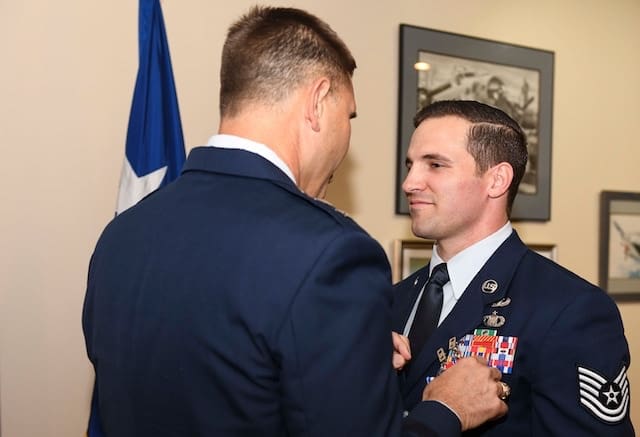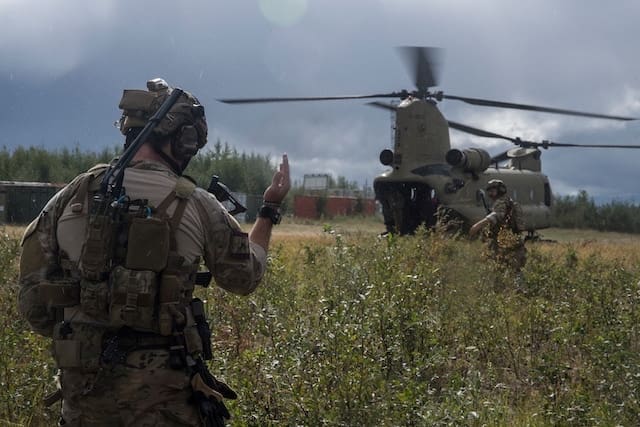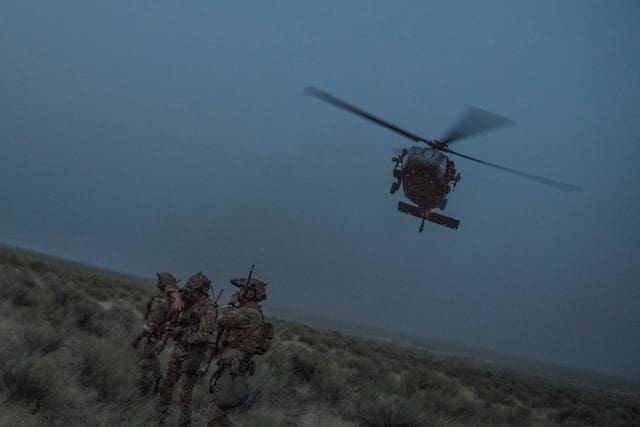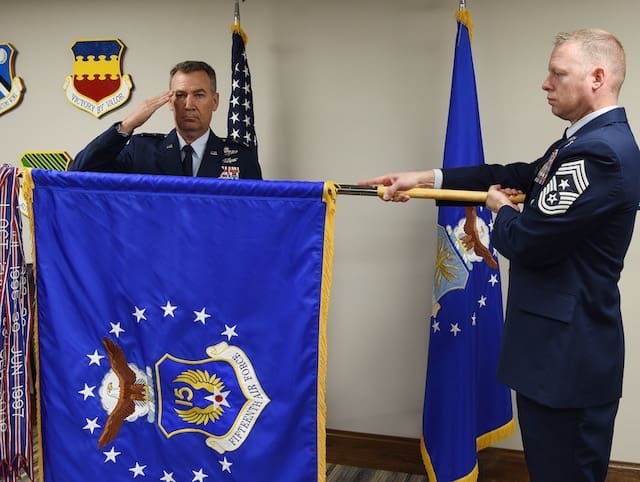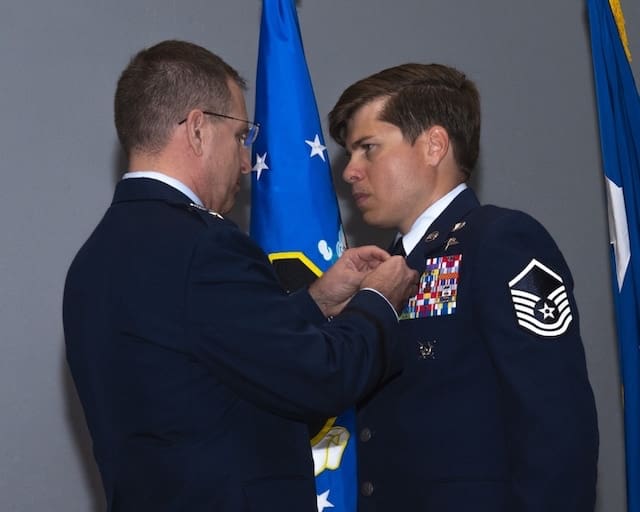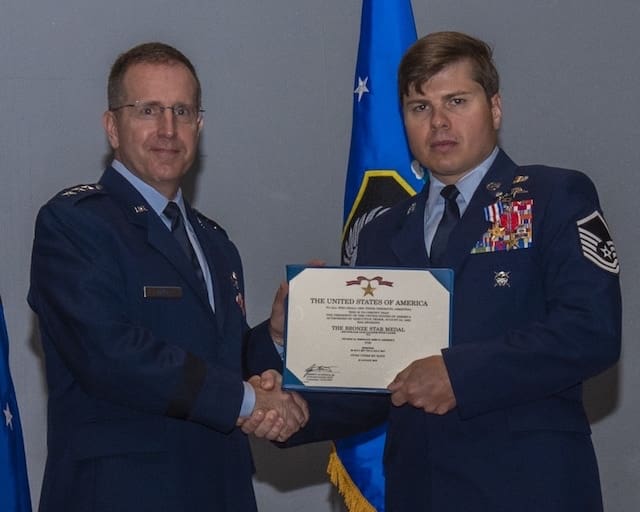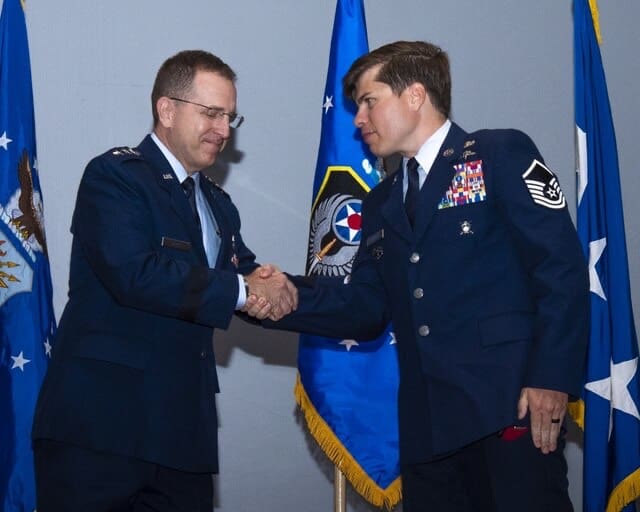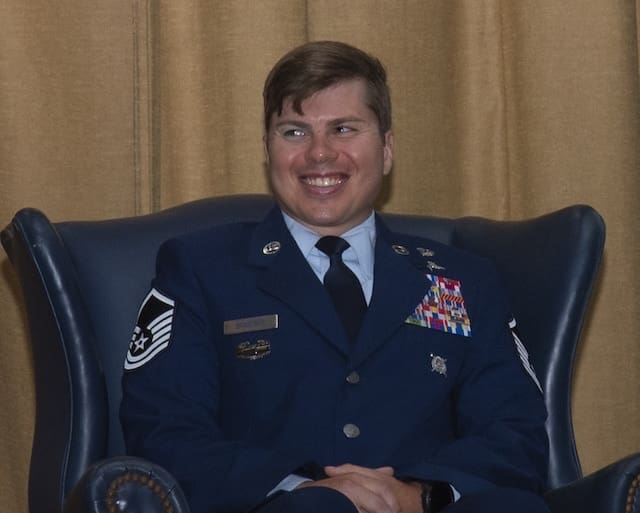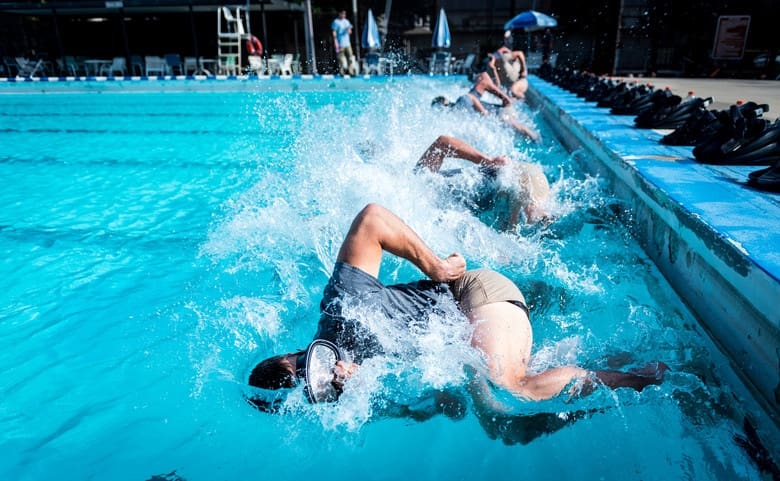HURLBURT FIELD, Fla. —
Editor’s note: This commentary was written by a career Air Force Special Tactics operator and expresses his personal opinions based on his experiences.
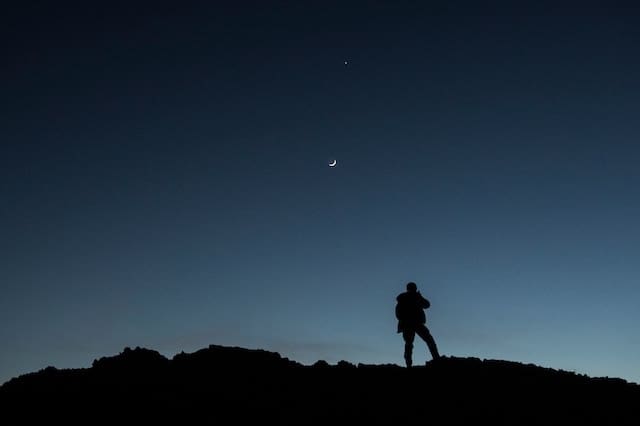
In the Air Force Special Tactics community, we live our lives by certain immutable truths. You may have heard of them – “SOF forces cannot be mass produced”, “Slow is smooth; smooth is fast”, “Two is one; one is none.”
To the initiated, these (and many more) are repeated so often that you learn to recite them without even blinking. They become part of your own self-talking training, in mission preparation and in combat. Almost like a mantra, you find yourself repeating these things to yourself. “Calm down – when we break the plane of the door, go opposite the guy in front of you. Watch your muzzle. Protect the team. Bleeding, airway, get them out. De-conflict fires from friendly positions. Sights, slack out, press. Be aggressive.”
After nearly two decades in the Air Force, I have trained, tried and failed so many times that I’ve accumulated a near endless stream of consciousness that is simultaneously conscious and muscle memory. All of these lessons- hard learned and through both failure and victory- came to light during the After Action Report process. We commonly refer to the information gleaned in these sessions as “lessons learned”. Get done with the mission, take care of weapons, sensitive items, and reset. Then, when everything is fresh in your mind, explore what was good, bad, ugly and perfect. Formalize those lessons and most importantly, don’t allow the same mistakes you made last time.
I value that process. A saying I’ve gotten used to using is that “Our [standard operating procedures] are written in blood.” Meaning- we have lost many, and we owe it to those men and women to make ourselves better, every single rep. I’d like to share my three ‘“lessons learned”. I won’t claim to be an expert. What I can say, is that I wish someone would have taken me aside as a younger Airman and told me these things. If anything, I hope that my failures and missteps can help someone avoid my mistakes.
Failure is always an option.
While I understand the intent behind the cliché phrase, “Failure is not an option”, it’s simply false. I have failed many times in my career. I’ll fail many more. I expect my team to fail. In training and unfortunately, in combat. I wish it was different. If it was, I would have friends back, less regrets, less “I wish that day didn’t go like that” statements in my life.
In the end, you must try to avoid failure; but at the same time you have to accept and strive to train so close to your limit that sometimes you fall short. You must test and sometimes exceed your limits to know what your limits are. And sometimes you’ll fail.
What’s my lesson learned? How you lead through failure is far more valuable to me and my teams than a perfect run. How we deal with failure, with tragedy, with heartbreak and boredom and disillusionment and being unmotivated- in those times we find out what our mettle really is. If you’re going to fail, make it count. Learn from it. Avoid that failure in the future, and don’t be afraid to fail. Always learn, always grow … and always continue to push your limits for the better.
You can still be unique and part of a highly functioning team.
Air Force Special Tactics attracts the widest range of all personality types, hands down. We actually select out for individuals, capable of making individual decisions that further the mission of the team, the squadrons and entire organizations.
Tree hugging, slack lining, hackey sack playing ‘hippies’. Death metal listening, big weight moving, aggressive hyper alpha males. Quiet graduates of Ivy League schools that have diverse stock portfolios. Ultra long distance runners. Powerlifters that hate cardio. Guys and gals that sold everything they own and lived in their van prior to joining and becoming part of the ST team. We value ALL of these personalities.
Often times, people have approached me and said, “I don’t feel like I fit in” or even worse, “I’m not getting along with so and so- we are so different.”
On my first deployment, I was in exactly such a scenario. I attended two weeks worth of training with a fellow operator; we just couldn’t get along. It got heated multiple times. Months after the initial training, a very wise Team Leader of mine called me out when I was lamenting my interactions with that other operator.
He drew a small box, about 3 inches by 3 inches wide on a huge whiteboard. He then drew two dots, in opposing corners.
“So,” he said, “You’re these two dots. Couldn’t be further apart. Diametrically opposed, yeah?”
I don’t remember my exact response, but it was a pretty solid, “Exactly.”
“That box you’re both in contains all the people that have volunteered multiple times and have wanted nothing more than to support and defend the Constitution and have willingly accepted the possibility they might die doing so. Outside of this box, the entire 15 foot by 5 foot white board, represents the rest of humanity. You have more in common with this person you dislike for no good reason than you do with 99.9% of humanity. Maybe grow up.”
What’s my lesson learned? It’s ok to be yourself and to be a valued member of Special Tactics. Whether it’s as an operator, Combat Mission Support, a surgeon on a Special Operations Surgical Team, a First Sergeant, a chaplain- we all make the team of professionals we have today, together. We value and foster our differences. Embrace that and don’t let a preconceived notion about someone else- or even worse, yourself- get in the way of what’s important. The team. The mission.
Keep an even keel.
I was about six months out of completing my two plus year training requirements to earn my beret. We were doing some training, but got the call that a Philippine sailor was gravely ill at sea, and I was going to be part of the rescue team to go get him. After multiple mid-air refuelings, I was hoisted from an HH-60 onto a moving super tanker, assessed and stabilized my patient, packaged him in a litter and we were both hoisted back up. I then cared for my patient until we transferred care to a waiting team in Ireland, about 4-5 more hours in the aircraft. My patient lived.
The sense of pride and accomplishment I had was undeniable. It was a lifetime of effort justified in one 24-hour period. The rescue was given an award that year.
Fast forward to 2015, somewhere in a combat environment.
In support of a huge operation, my team learned that a U.S. Army special forces soldier had been severely wounded by small arms fire. We immediately transferred him to the far-forward operating room- which was just a building close to the fighting- and the surgeons did everything they could do. Unfortunately, it was just one of those ‘perfect’ wounds that was unsurvivable.
My close friend and element leader and I knew what had to be done. We had to prepare this fallen soldier for his Angel Flight and it had to happen before his team came back. We placed the flag appropriately and did everything we could to honor him.
That event haunts me to this day. I can still feel that emotion and smell those smells when I think about it. I told the trauma surgeon at the time, “I think this one might have really done some damage. I’m not real sure how many more of those I got left.” I have never been so devastated; the whole team took it very, very hard.
What’s my lesson learned? This career- this life- holds the highest of highs and the lowest of lows. In order to be successful, you can’t swing too hard in either direction. hubris and complacency lies on one end of the spectrum; inescapable darkness lies on the other end. It’s not advisable to spend too much time at either end.
As it stands, I’m still learning now. While my team position has changed, so have I. Some pitfalls I can avoid thanks to a lifetime of “lessons learned”, but the reality is, there are still more to learn. More importantly, the only way we can move forward as an entire enterprise is to share these lessons learned with one another and learn from each other. Good, bad, ugly, perfect.
There is no better job in the Department of Defense than Air Force Special Tactics, I firmly believe that.
But even if you find yourself in a different career, branch, command, profession- I hope that you’re taking your own “lessons learned” and making yourself a better human, citizen, or member of your team.
“First There, That Others May Live.”
Commentary by Special Tactics operator, 24th Special Operations Wing, 24th Special Operations Wing
Photo by TSgt Sandra Welch







